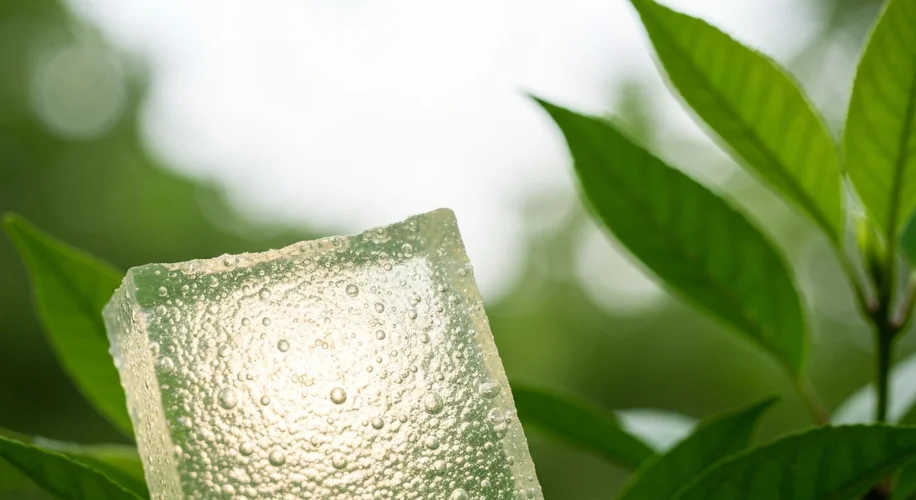Did you know that scientists have developed a new type of plastic that’s not only biodegradable but also stronger than PET (polyethylene terephthalate) – the plastic commonly used in water bottles and food packaging?
This is a really exciting development in the world of material science. For years, we’ve been grappling with the massive problem of plastic pollution. It’s everywhere – in our oceans, our soil, and even our bodies. PET plastic, while useful, can take hundreds of years to break down, contributing significantly to this global issue.
What’s so special about this new plastic? Well, researchers have found a way to create it using biological materials. They’ve focused on developing polymers that can be naturally degraded by microorganisms. This means that when this new plastic is eventually discarded, it can be broken down into simpler, harmless substances, rather than lingering in the environment for centuries.
But the real kicker here is its strength. Often, biodegradable materials sacrifice durability for their eco-friendly properties. However, this new plastic has been engineered to be robust, even outperforming PET in some tests. This opens up a world of possibilities for its application. Imagine stronger, more sustainable packaging, textiles, and even automotive parts.
Why does this matter so much? Beyond the obvious environmental benefits of reducing plastic waste, innovations like these are crucial for building a more sustainable future. They offer tangible solutions to the challenges posed by climate change and resource depletion. As we continue to face the economic and social impacts of a changing climate, these kinds of advancements are not just good science; they’re essential for building resilient communities and economies.
This breakthrough highlights the power of scientific innovation to address some of our most pressing global problems. It’s a reminder that solutions are out there, waiting to be discovered and developed. I’m excited to see how this material progresses and finds its way into everyday products, making a real difference in our fight against pollution.

